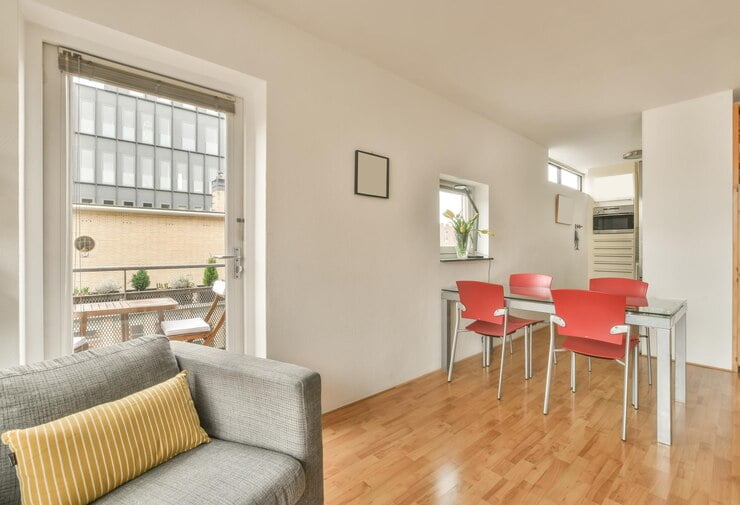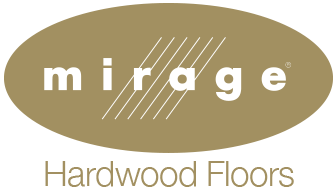How Wood Floor Trends Have Changed the Evolution
Wood flooring has been around for centuries, but within the last few decades, it has become a popular choice for residential and commercial spaces. This article will explore some of the major wood floor trends over the past 30 years. By understanding how these trends have evolved, you can better understand how they might change in the future.
The Beginning
Wood flooring has a long and storied history. The Egyptians, Greeks, and Romans used wood for their floors. The Middle Ages saw the rise of carpets and woven rugs, but there was still some use of wooden planks or tiles. During the Renaissance, artisans began using finer woods such as walnut in their workmanship.
After this came the Victorian era, which extensively used exotic imported species such as mahogany and rosewood. It also saw a return to more elaborate plasterwork on walls with intricate designs made using wood mouldings and other materials like marble slabs that were often placed directly onto floors instead of mounted on top boards (or joists). In fact, during this period, it was common for people living in larger houses to have large rooms that could accommodate elaborate parquet patterns inlaid into them using different coloured woods!
The Arts & Crafts movement brought new ideas about design aesthetics back into the mainstream culture after they had been largely ignored since Colonial times due to advances made in manufacturing over time; these included innovative techniques like veneering, which allowed craftsmen like Gustav Stickley to create beautiful pieces without having access to exotic hardwoods.
The 1990s
When you think of the 1990s, what comes to mind? Maybe it’s the grunge music of Nirvana and Pearl Jam or the popular sitcom Friends. How about your favourite pair of jeans and a flannel shirt? Or maybe you remember that this decade saw a rise in open floor plans and natural materials, like wood.
The 2000s
The 2000s were a time of growth for the wood flooring industry. As more and more homeowners began to realize that a beautiful, natural hardwood floor was an investment, many opted to have it installed in their homes. This era was also characterized by innovation in wood flooring styles and finishes and the introduction of new technologies that improved the durability and longevity of these floors.
The 2010s
As you can see, wood flooring has changed significantly over the years. Flooring options have become more versatile, affordable, and durable than ever before. Wood floors are also more eco-friendly than many other flooring materials on the market today. What’s great about this trend is that it will continue to evolve into something even better for homeowners in the future!
In the future, wood flooring will continue to adapt and transform itself to reflect the shifts in cultural trends.
Wood flooring is a sustainable product that helps to reduce your carbon footprint. It’s also renewable and easy to maintain, making it an attractive option for your home or office space. Wood floors are made from naturally occurring materials that can be sourced locally or even grown right there in your backyard!
The quality of wood flooring has improved over time, making it more durable than ever before. This means that you won’t have to replace it as often as other types of flooring—so there’s no need to go through the hassle of removing them and starting from scratch when something goes wrong with your installation process!






